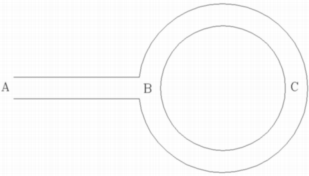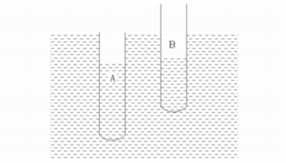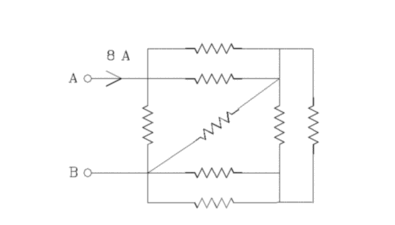-
Two stones are located at the same height above the
ground at a horizontal distance of 20 m. One of them is projected
vertically upward at 20 m/s and the other dropped from rest at the same
moment. Find the distance between them one second later. (Assume
acceleration due to gravity is 10 ms–2 )
-
A small mass of 2 kg is tied to the end of a string
attached to a fixed point. The mass is drawn aside such that the string is
horizontal and is released. When it swings along a circular arc through an
angle of 30o it has kinetic energy of 8 J. Find its kinetic
energy when the string becomes vertical.
-
A car is taking a turn of radius 20 m at a speed of 36
kmph. Find the ratio of resultant force on the car to its weight.
-
A car starting from rest goes round a bend with its
speed increasing linearly with time. If 2 s after start its centripetal
acceleration is 4 m/s2 find its centripetal acceleration a
second later.
-
A particle is going round a circular path making one
revolution in 4 s. Consider any diameter of the circle and project the
position of the particle going round the circle on to diameter. Times
taken to move between two points on the circle and the time taken to move
between the corresponding projections on the diameter are obviously the
same. Find the time taken by the projection to move between the extreme of
the diameter and a point midway between the center and the extreme.
-
A particle starting from rest from O accelerates
uniformly along a straight line and crosses two points A and B which are 5
m apart in 2 s. If velocity at B is 2 m/s more than the velocity at A,
find the distance OA.


